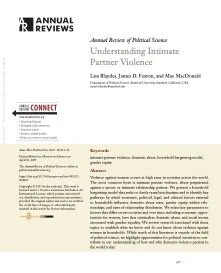By Australia Parliamentary Joint Committee on Corporations and Financial Services
This report examining financial abuse in Australia provides a comprehensive analysis of the issue, identifies key challenges within legislation, regulation, and financial institutions, and puts forward 61 recommendations to prevent and mitigate financial abuse.
The report highlights that financial abuse is a widespread issue with a direct cost to victims estimated at $5.7 billion—a figure higher than Australia's total scam losses in 2023.
It calls for legislative amendments, enhanced support services for victims, improved identification and response mechanisms within financial institutions, and greater collaboration between government agencies and stakeholders.
Key findings
Financial abuse is a prevalent issue in Australia, often occurring alongside other forms of domestic and family violence.
The financial toll on victims of financial abuse is estimated at $5.7 billion.
Current legislative and regulatory frameworks have significant gaps.
Financial institutions have made some progress in implementing measures to address financial abuse but require further action to provide comprehensive support for victims.
The rise of online financial platforms presents both opportunities and challenges in tackling financial abuse.
Vulnerable groups, including older Australians, people from culturally and linguistically diverse backgrounds, and those in regional and remote areas, face unique challenges and barriers in accessing support and protection from financial abuse.
Key recommendations
Establish a mechanism for co-design with victim-survivors of financial abuse in developing reforms to mitigate the prevalence and impact of financial abuse.
Amend the National Consumer Credit Protection Act 2009 to recognise the unique threats posed by financial abuse and strengthen protections for victims.
Review the intersection between financial abuse and the superannuation system.
Implement a mandatory requirement for providers of financial services, products, and government agencies to include a "quick exit" button on webpages.
Co-design standard operating guidelines for the referral of reasonably suspected financial abuse to financial institutions.
Amend the Social Security Act 1991 to remove the requirement for victims to have left their home to qualify for crisis support payments, lengthen the application time frame for crisis payments, and ensure access to "special circumstances" waivers for victims subjected to perpetrator manipulation.
e Senate Printing Unit, Parliament House, Canberra, 2024, 230p.


















